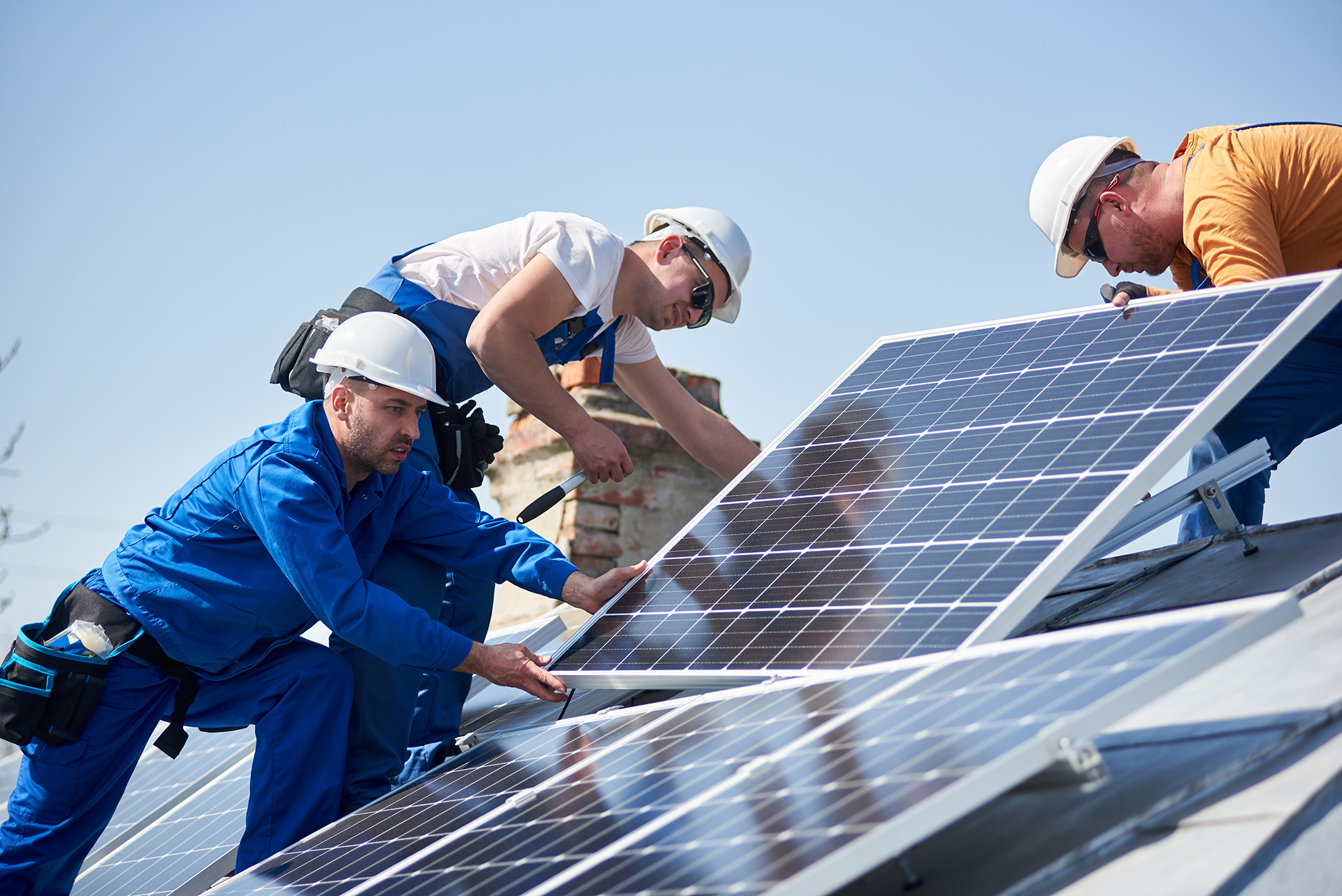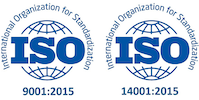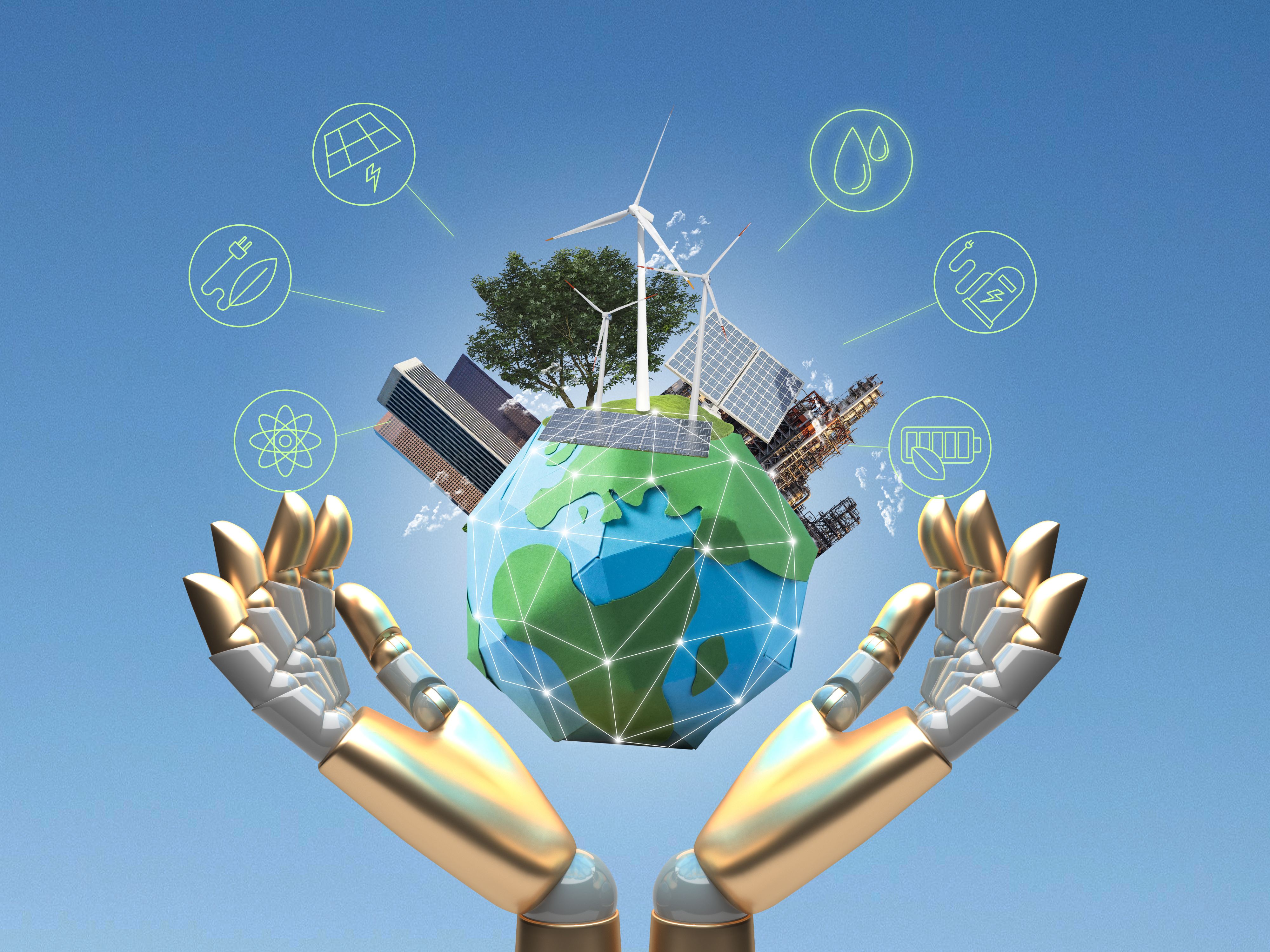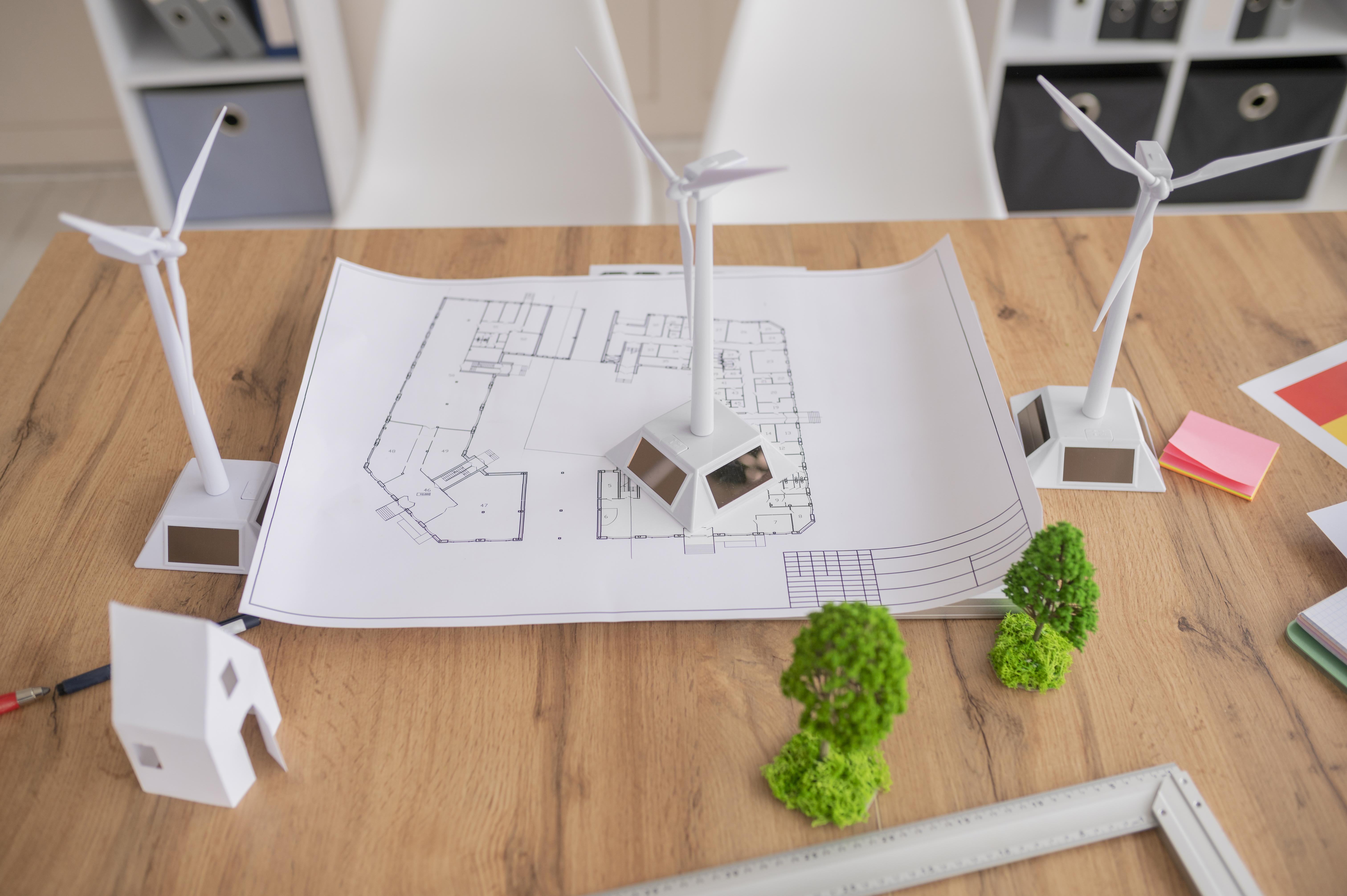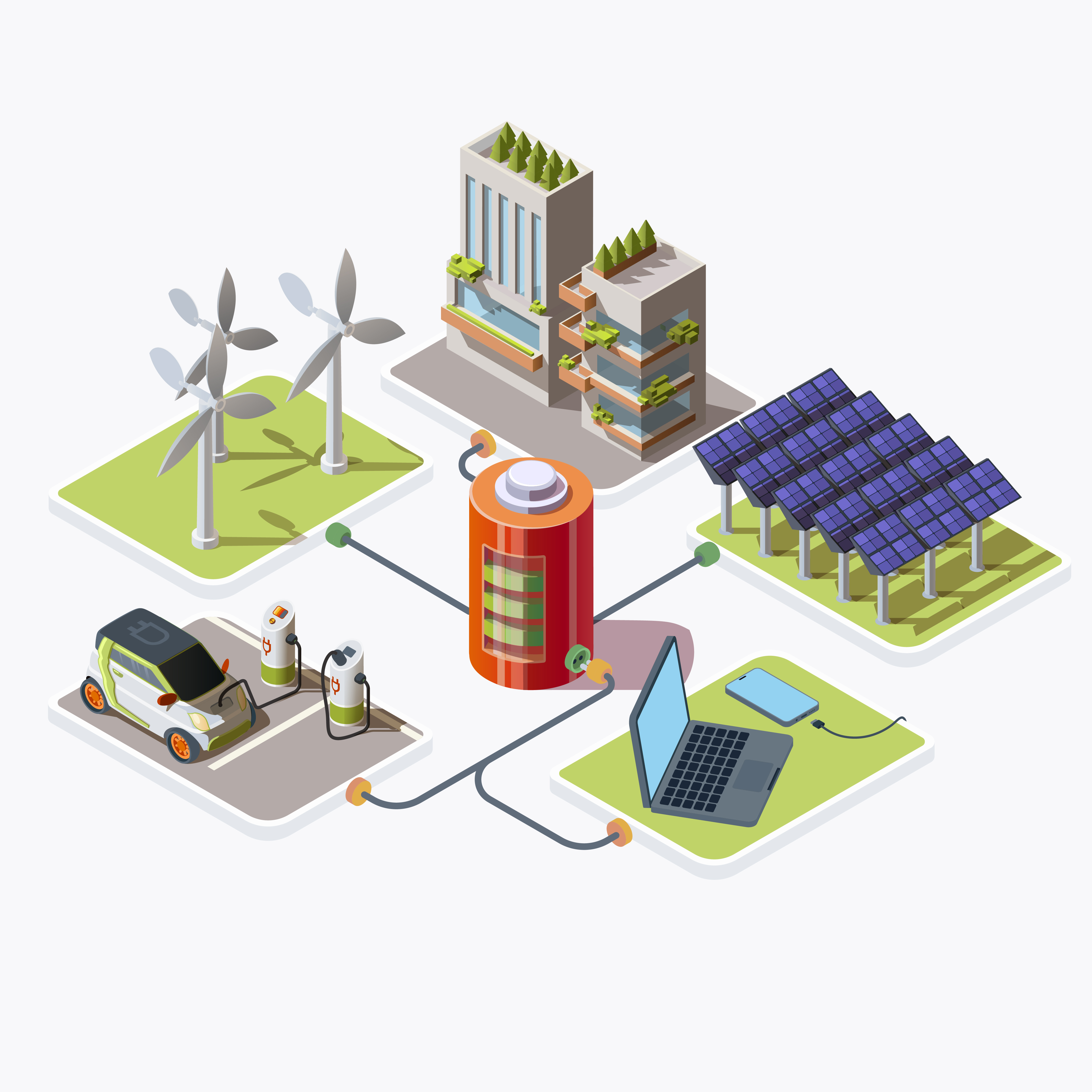Table of Contents
ToggleIntroduction
Preventive maintenance is the proactive approach of conducting routine inspections, repairs, and replacements to prevent equipment failures and maximize system efficiency. For renewable energy systems, where reliability and performance are paramount, preventive maintenance is crucial for ensuring long-term viability and minimizing downtime.Renewable energy systems play a pivotal role in our transition towards a sustainable future. However, ensuring the longevity and optimal performance of these systems requires diligent preventive maintenance. In this comprehensive guide, we’ll delve into various preventive maintenance tips tailored for different components of renewable energy systems, from solar panels and wind turbines to battery storage and inverters.
Goals of Preventive Maintenance
The primary objectives of preventive maintenance in renewable energy systems include: By identifying and addressing potential issues before they escalate into failures, preventive maintenance helps maximize the reliability of renewable energy systems. Regular maintenance activities such as cleaning solar panels or lubricating wind turbine components can optimize energy production by ensuring maximum efficiency. Proper maintenance can significantly extend the lifespan of renewable energy system components, reducing the need for premature replacements and lowering overall costs. Scheduled maintenance reduces the likelihood of unexpected breakdowns, minimizing system downtime and ensuring continuous energy generation.
Environmental conditions such as temperature fluctuations, humidity levels, and exposure to harsh weather elements can significantly impact the performance and longevity of renewable energy systems. Regular inspections and maintenance help mitigate the adverse effects of environmental factors Before initiating preventive maintenance activities, it’s essential to conduct a thorough inspection of the entire renewable energy system. This inspection should include:
Identifying any issues during the initial assessment allows for targeted maintenance efforts. Gathering data on system performance metrics, such as energy output, voltage levels, and temperature readings, provides valuable insights into the system’s health. Analyzing this data helps detect trends or anomalies that may indicate potential issues requiring attention during maintenance.
Solar PV System Maintenance
Solar panels are susceptible to dust, dirt, and debris accumulation, which can reduce their efficiency. Regularcleaning with mild detergent and water, along with occasional professional cleaning, helps maintain optimal performance. Loose or corroded electrical connections can lead to power losses and safety hazards. Periodically inspecting and tightening connections, as well as conducting thermal imaging to identify hot spots, ensures electrical integrity and prevents potential failures.
Wind turbine blades are exposed to high wind speeds and environmental elements, making them prone to erosion and damage. Regular visual inspections and non-destructive testing techniques such as ultrasonic testing help detect any defects or cracks early on Proper lubrication of bearings, gearboxes, and other moving parts is essential for smooth operation and prolonged lifespan of wind turbines. Using the appropriate lubricants and adhering to manufacturer recommendations helps prevent premature wear and component failure.
Regular capacity testing of battery storage systems helps assess their performance and health. This involves discharging and recharging batteries to measure their capacity and identify any degradation over time, allowing for timely replacements or adjustments. Monitoring the charging and discharging cycles of batteries helps optimize their lifespan and performance. Implementing smart charging algorithms and avoiding deep discharges can prevent overcharging or overdischarging, which can damage battery cells.
Inverter Maintenance
Inverters are sensitive to temperature fluctuations, and overheating can lead to reduced efficiency and premature failure. Installing temperature sensors and implementing cooling solutions, such as fans or heat sinks, helps maintain optimal operating temperatures. Keeping inverter firmware up to date is essential for ensuring compatibility with other system components and addressing known bugs or vulnerabilities. Regularly checking for firmware updates from manufacturers and applying them as needed improves system reliability and security.
Sensors play a critical role in monitoring system parameters and ensuring safe and efficient operation. Regular testing and calibration of sensors help maintain accuracy and reliability, reducing the risk of false readings or control errors.
Calibrating control systems periodically ensures that they remain accurate and responsive to changing conditions. Adjusting setpoints and control parameters based on performance data and environmental factors helps optimize system performance and energy efficiency. PPE) Ensuring the safety of maintenance personnel is paramount during preventive maintenance activities. Providing appropriate personal protective equipment, such as gloves, safety goggles, and hard hats, minimizes the risk of injuries from electrical shocks, falls, or exposure to hazardous materials. Implementing lockout/tagout procedures is essential for isolating energy sources and preventing accidental startup of equipment during maintenance. Proper training and adherence to lockout/tagout protocols minimize the risk of electrical accidents and ensure the safety of maintenance workers.
Documentation and Record-Keeping
Maintaining detailed records of preventive maintenance activities is essential for tracking system performance and compliance with maintenance schedules. Documentation should include date and time of maintenance tasks, observations, repairs or replacements performed, and any abnormalities noted during inspections. Analyzing maintenance logs and performance data helps identify trends and patterns that may indicate underlying issues or opportunities for improvement. Tracking key performance indicators, such as energy output, downtime, and maintenance costs, facilitates data-driven decision-making and optimization of maintenance strategies.
Preparing renewable energy systems for winter conditions is crucial to ensure uninterrupted operation and prevent damage from freezing temperatures, snow, or ice. Measures may include insulating exposed components, clearing snow buildup, and adjusting system settings for cold weather operation.Summer maintenance focuses on mitigating the effects of high temperatures and intense sunlight on system performance. This may involve checking for overheating issues, optimizing airflow around components, and monitoring for signs of degradation or wear exacerbated by heat exposure.
Utilizing remote monitoring tools and software platforms allows for real-time monitoring of system performance and health parameters from anywhere with an internet connection. Remote monitoring enables early detection of issues, proactive maintenance scheduling, and timely intervention to prevent downtime. Remote diagnostics tools enable troubleshooting and fault identification without the need for onsite visits. Remote access to system data, alarms, and diagnostics facilitates rapid problem resolution, reducing downtime and minimizing the need for costly service calls.
Training and Education
Providing comprehensive training to maintenance personnel ensures they have the knowledge and skills required to perform preventive maintenance tasks safely and effectively. Training should cover equipment operation, maintenance procedures, safety protocols, and troubleshooting techniques. Encouraging ongoing education and professional development keeps maintenance personnel abreast of emerging technologies, best practices, and industry standards. Participation in workshops, seminars, and certification programs enhances skills and expertise, leading to more efficient maintenance practices.
Allocating adequate funds for preventive maintenance activities is essential for ensuring the long-term reliability and performance of renewable energy systems. Budget considerations should include labor costs, spare parts procurement, equipment rentals, and outsourcing of specialized services. Planning for manpower, tools, and equipment required for maintenance tasks ensures that resources are available when needed. Proactive resource planning minimizes downtime, reduces reliance on external service providers, and optimizes maintenance efficiency.
Developing a comprehensive emergency response plan outlines procedures for addressing unforeseen events such as equipment failures, natural disasters, or safety incidents. The plan should include emergency contact information, evacuation procedures, and steps for restoring operations safely and swiftly. Implementing contingency measures, such as backup power sources or redundant systems, provides an additional layer of resilience against unexpected disruptions. Regular testing and maintenance of backup systems ensure they are ready to deploy when needed, minimizing the impact of emergencies on system performance.
Vendor Support and Contracts
Establishing service contracts with equipment vendors or authorized service providers ensures timely access to technical support, spare parts, and maintenance expertise. Service contracts may include scheduled maintenance visits, priority response for repairs, and extended warranty coverage. Managing warranties effectively helps maximize the value of warranty coverage and minimize out-of-pocket expenses for repairs or replacements. Keeping track of warranty expiration dates, understanding warranty terms and conditions, and documenting warranty-related communications streamline the warranty management process.
Conducting environmental impact assessments before and during maintenance activities helps identify potential risks to ecosystems, habitats, and natural resources. Implementing mitigation measures and adhering to environmental regulations minimize the environmental footprint of maintenance operations. Incorporating sustainable maintenance practices, such as energy-efficient equipment upgrades or waste reduction measures, aligns with environmental stewardship goals. Recycling or repurposing materials, minimizing chemical use, and optimizing energy consumption contribute to a greener approach to maintenance.
Defining and tracking performance metrics enables objective evaluation of system efficiency, reliability, and overall effectiveness. Key performance indicators (KPIs) may include energy yield, uptime, maintenance costs, and customer satisfaction ratings. Analyzing performance data and KPIs identifies opportunities for optimization and fine-tuning of system parameters. Adjusting operating settings, optimizing equipment configurations, and implementing predictive maintenance strategies maximize energy output and return on investment.
Quality Assurance and Quality Control
Implementing robust quality assurance and quality control procedures ensures that maintenance activities meet established standards and specifications. QA/QC measures may include inspection checklists, standardized procedures, and audits to verify compliance and consistency. Regular inspections and audits assess the effectiveness of preventive maintenance practices and identify areas for improvement. Internal audits, third-party assessments, and compliance audits help maintain high standards of quality and reliability in renewable energy systems.
Adhering to regulatory requirements for permitting, licensing, and approvals ensures legal compliance and public safety. Obtaining necessary permits for construction, operation, and maintenance activities demonstrates commitment to regulatory compliance and responsible stewardship. Fulfilling reporting obligations to regulatory agencies and authorities provides transparency and accountability in renewable energy operations. Timely submission of compliance reports, environmental impact assessments, and incident notifications fosters trust and credibility with regulatory stakeholders.
Conclusion
Effective preventive maintenance is essential for maximizing the reliability, performance, and longevity of renewable energy systems. By implementing proactive maintenance strategies tailored to specific system components and operational conditions, stakeholders can minimize downtime, optimize energy production, and ensure a sustainable energy future for generations to come. Continuous improvement, technological innovation, and collaboration across the renewable energy industry drive progress and resilience in maintaining long-lasting renewable energy systems.
FAQs
Why is preventive maintenance important for renewable energy systems?
Preventive maintenance helps identify and address potential issues before they escalate into costly failures, maximizing system reliability and longevity. Regular maintenance activities also optimize energy production and minimize downtime, ensuring uninterrupted operation of renewable energy systems.
What are some common preventive maintenance tasks for solar photovoltaic (PV) systems?
Common preventive maintenance tasks for solar PV systems include cleaning solar panels to remove dust and debris, inspecting electrical connections for tightness and corrosion, and monitoring system performance metrics to detect any deviations from expected values.
How can I ensure the reliability of wind turbine systems through preventive maintenance?
Preventive maintenance for wind turbine systems involves regular inspection of turbine blades for damage or wear, lubrication of moving parts to prevent premature failure, and monitoring of turbine performance indicators such as vibration levels and power output. Implementing these maintenance tasks helps ensure the reliability and efficiency of wind turbine systems.
What role does battery storage maintenance play in ensuring the longevity of renewable energy systems?
Battery storage maintenance is essential for optimizing the performance and lifespan of renewable energy systems, particularly in off-grid or hybrid systems. Tasks such as capacity testing, monitoring charging cycles, and ensuring proper ventilation help maintain battery health and prevent premature degradation.
How can I stay updated on preventive maintenance best practices for renewable energy systems?
Staying informed about preventive maintenance best practices involves regular training and education, participation in industry workshops and seminars, and leveraging resources such as industry publications and online forums. Collaborating with equipment vendors and industry experts also provides valuable insights into emerging technologies and maintenance strategies.

